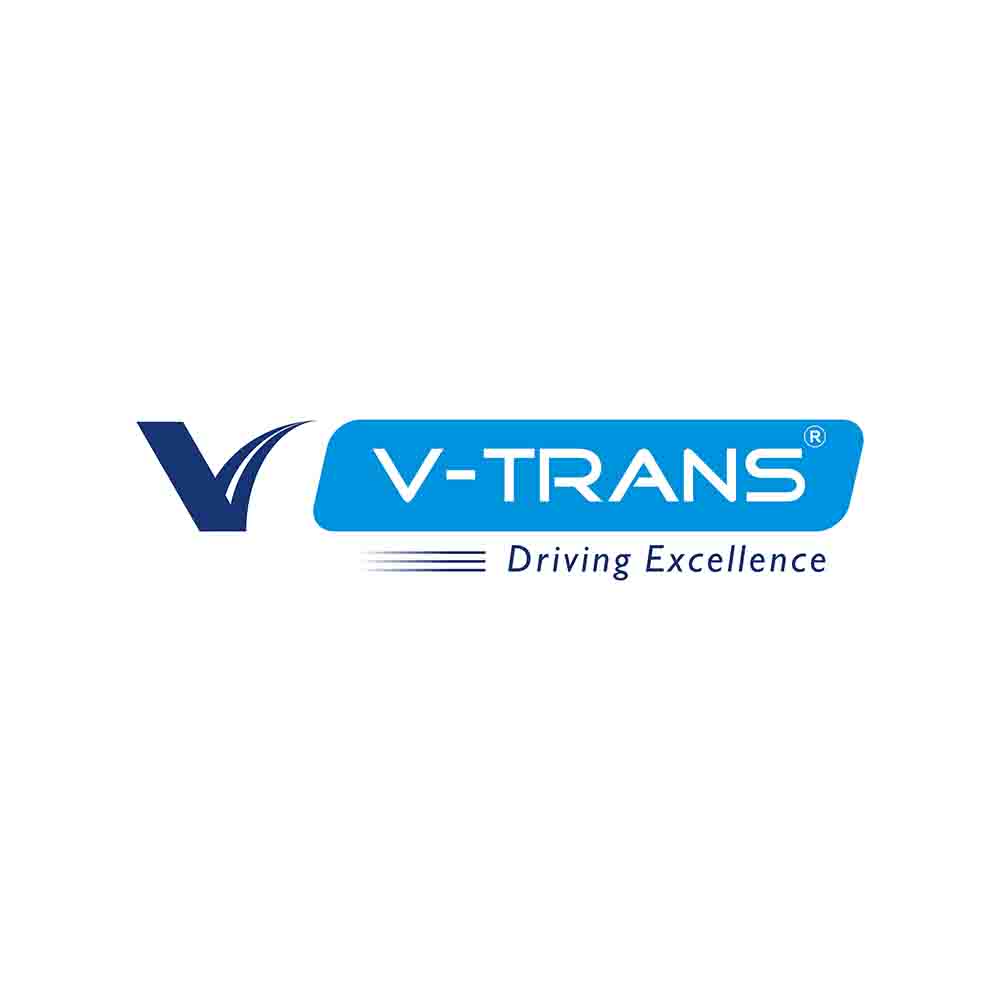Overview of the Logistics Industry:
The logistics industry in India is a vital contributor to the country's economic progress. It encompasses transportation, warehousing, packaging, and supply chain management sectors. India's logistics sector is expanding rapidly with a network of over 5.5 million km of roads and 12 major ports. It is estimated to reach a market size of $300 billion by 2025, growing at a CAGR of 10.5%. However, challenges such as high logistics costs (14% of GDP), fragmented infrastructure, and complex tax regulations hinder its efficiency and pose obstacles to seamless operations.
Gujarat's Contribution to V-trans' Revenue:
Gujarat's strategic location, excellent connectivity, and progressive business environment have significantly contributed to V-trans' revenue growth. The company owners hail from Gujarat and in the initial years the business was between Mumbai and Gujarat only, where V-Trans, is still a household name for logistics. As a leading logistics player, V-trans has established a strong presence across India, especially in Gujarat, leveraging the state's industrial infrastructure to expand its operations. The state's contribution to V-trans' overall revenue stands at an impressive percentage of 35%, highlighting Gujarat’s importance in driving the company's success.
Expansion Plans in Gujarat:
Recognizing Gujarat's potential, V-trans is committed to further expanding its operations in the state. The company aims to capitalize on the state's vibrant industrial landscape by investing in infrastructure, & advanced technology, expanding its warehousing capabilities, and enhancing last-mile delivery services, and opening up more touch points for the customer in the form of branches. These expansion plans, including warehouse & branches, are expected to boost V-trans' revenue, generate employment opportunities, and drive economic growth in the region.
V-Trans already has a strong network of 150 branches and 15 transshipment centers across the state with over 2 LAKH sq. ft. warehousing space, in addition to this, the company plans to open more 20 branches at key locations.
Areas of improvement in the Logistics Industry:
Despite its important role in the economy and the government’s tremendous push for bringing competitiveness at par with developed nations, the logistics industry in India still faces several challenges that hinder seamless operations. Some of the crucial shortcomings include:
a) Infrastructure: Although the government is putting tremendous efforts to level up our country’s infrastructure at par with the developed world, it will take some time because of the backlog and vastness of the nation. The lack of infrastructure importantly near the logistics hubs and connectivity between manufacturing and consumption hubs, congested ports, and substandard warehouse facilities pose significant challenges to the logistics sector. Infrastructure development with plans like PM Gati Shakti and NLP, will significantly enhance efficiency and reduce costs.
b) Fragmented Operations: Lack of coordination among various stakeholders and government bodies, in the supply chain often leads to delays and inefficiencies. Improved collaboration and streamlined processes are necessary to optimize logistics operations. Digital initiatives like eLogs and ULIP under the National Logistics Policy are going to greatly address this area. Also, with GST implementation the Tax structure has become standardized and has propelled consolidation in warehousing, which will further enable a better quality of the warehouse infrastructure.
c) Public-Private Partnerships: To execute mega projects in different parts of the country, would require collaborations between the government, logistics companies, and other stakeholders. A well-planned PPP model can drive infrastructure development, streamline processes, and facilitate a conducive business environment
d) Sustainable Practices: A lot of awareness is there around sustainability these days, and the logistics industry due to the truck movement does contribute to carbon emissions. Although logistics companies are working in the direction to reduce their carbon footprints, still there is Adopting eco-friendly measures such as optimizing routes, using green energy sources, and reducing waste can contribute to a more sustainable logistics industry.
e) Skill Gap: The industry requires skilled professionals who can effectively manage complex logistics operations. Investments in training and development programs can bridge the skill gap and improve overall industry performance. With new technologies coming and making a crucial impact on the entire supply chain, there is a huge demand for people with newer skills and technical competencies.
Conclusion:
India is growing holistically and the world is looking up to us to lead. The logistics industry has been given the due attention and a lot of mega initiatives are planned and launched. We are seeing an unprecedented boost to the country’s infrastructure and manufacturing. The projects like PM Gati Shakti, NLP, Make in India, Atmanirbhar Bharat and Vocal for Local are supporting this momentum. In this whole growth story, Gujarat plays an important role. The state can boast of one of the best road networks, the country’s best & biggest Ports, and a spur of industries around the state. In this growth, V-Trans is completely aligned to support by offering the best logistics services.

Categories

Magazine Editions



















